
Acne has been skincare’s number one nemesis for a long time. After a big red blemish right in the middle of your face, you would think the worst is over.
How incredibly wrong are we?
Aside from skin irritation, discomfort, and self-consciousness, acne can make things worse by leaving scars. People of different ethnicities can experience acne. Well, except for a lucky few blessed with naturally clear complexions. Good for them.
Despite all ethnicities experiencing acne, a single acne scar treatment method is not effective for everyone. However, ads for acne scar treatments would only usually feature people with fair skin. Nonetheless, the scars acne leaves on people with darker skin tones also need proper treatment and attention.
Acne’s Effect on Dark Skin
First of all, darker skin tones may experience acne differently. As the skin experiences inflammation like a pimple, the body sends melanin to heal the wound. Melanin is the skin’s protective pigment. However, darker skin types release too much skin pigment, which leaves acne-prone skin with hyperpigmentation.
Why is it challenging for people with darker skin to have acne? They have more active melanocytes, which are melanin-producing cells, compared to people with lighter skin. And according to a study, people with higher skin pigmentation are more prone to PIH. Post-inflammatory hyperpigmentation, or PIH, causes deep discolorations on your skin.
Darker skin has more active fibroblasts as well, which means they produce more collagen. And yes, collagen may be useful for aging, but it also explains why darker skin is prone to keloid scarring. The experts of that study suggested finding methods that can both get rid of hyperpigmentation and acne scars.
Acne Scars vs. Dark Spots
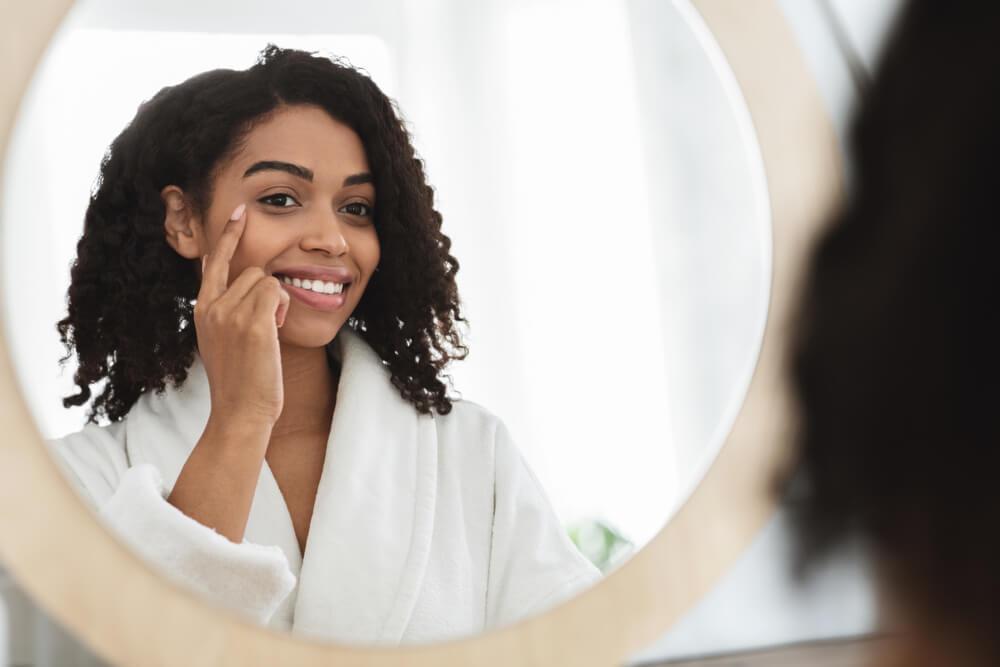
Yes, acne scars and dark spots, or PIH, are two completely different things. However, many patients go to their doctors, claiming a dark spot on their face is an acne scar.
Compared to dark spots, acne scars take a longer time to heal. Dark spots lay flat on the skin’s surface, but they lighten over time. It is also possible they completely vanish between three months to two years. Some steps hasten the lightening process of dark spots, which may appear due to mild to moderate acne breakouts, sun exposure, rashes, or intense irritation.
On the other hand, acne scarring results from damage to the skin’s deeper layers, and there are different kinds of acne scars. Their main characteristic would be a deep indentation on your skin’s surface. Wounded skin from acne triggers the skin to undergo a complex scarring process to close the area. Unfortunately, acne scars become more prominent as we age as the skin loses collagen. That’s why people turn to various acne scar treatments. However, do note the success of the treatment will depend on the kind of scar you have.
Acne Scar Treatments for Dark Skin
Before we talk about the different kinds of scars and the treatments recommended for each, let’s first look at various acne scar treatments you can consider when you consult with your dermatologist.
Microneedling

This acne scar treatment makes use of a hundred tiny needles to pierce your face as they induce collagen stimulation through pressure. It is also known as collagen induction therapy. The small pricks on your face allow your skin to heal and produce new collagen.
A friendly reminder!
Microneedling, like all other scarring treatments, needs to be done with the hands of an expert, and not just anyone.
According to studies, radio frequency-emitting microneedles are safe and efficient to use for individuals with darker skin. Patients claimed they felt minimal pain and there is little to downtime thanks to this kind of micro-needling.
Microdermabrasion
Meanwhile, microdermabrasion removes the old layer of skin, the epidermis. This exfoliation treatment uses a handheld device to scrape off the skin, giving way to smooth skin below. This particular procedure is not ideal for deep-seated acne scars like icepick scars (more on that later, we promise!). Microdermabrasion is famous for producing soft, glowing skin.
Are you wondering if it’s safe for you?
Definitely! This procedure is safe if you have darker skin! However, make sure you consult with a dermatologist who has experience working with your skin type. If not done correctly, microdermabrasion can result in hyperpigmentation or further scarring.
Laser Resurfacing
Gradually zapping acne scarring with laser resurfacing is a go-to method for many patients looking for acne scar treatments. Laser resurfacing uses monochromatic light to shed thermal energy onto the dermal fibroblasts on the skin, stimulating collagen and elastin production.
There are two general categories—ablative and non-ablative. Ablative laser resurfacing entails significant discomfort during the procedure and longer recovery time. On the other hand, non-ablative procedures are more tolerable, on top of shorter recovery times. This type is found by experts to be safe and effective for darker skin. They also have a reduced risk of pigment complications.
Topical Treatments
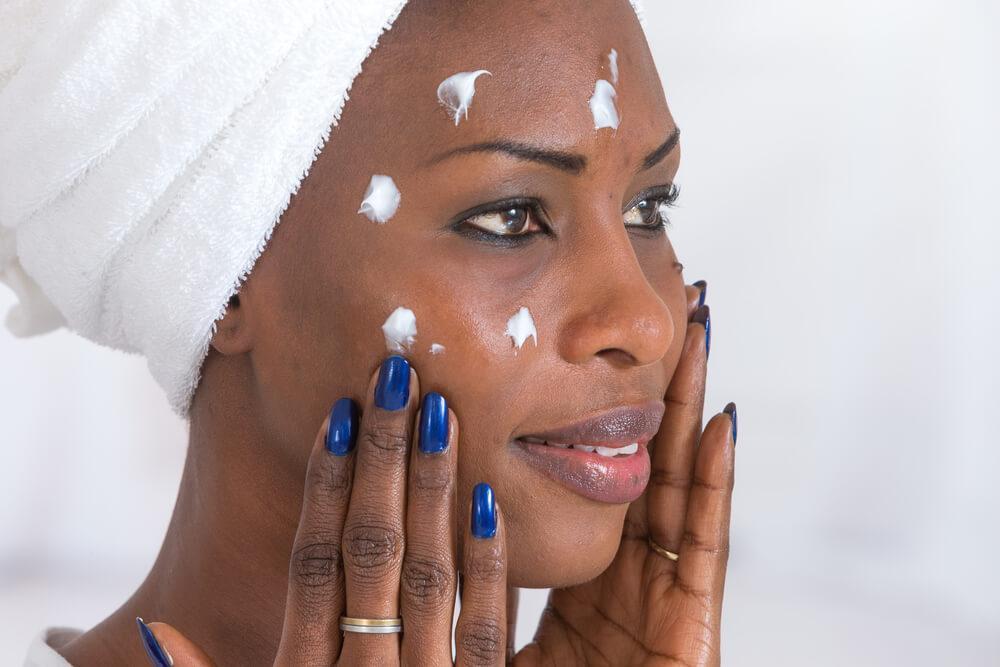
Aside from intensive methods like laser and micro-needling, patients may also opt for topical creams and gels. Other examples of popular topical acne scar treatments are chemical peels using salicylic and glycolic acid. These two acids eat away dead skin, giving way to healthier and newer skin.
Retinol, a retinoid, unclogs pores and diminishes the appearance of dark spots. These creams and acids are available over-the-counter in your nearest drug store or with a prescription from your dermatologist.
Here’s another friendly reminder for all of you!
Before buying and applying any of these, remember to talk to your dermatologist to avoid any side effects. Chemical peels may exfoliate the skin, but misuse of strong chemical peels burn the skin and may cause further pigmentation.
Fillers
Did you know that injectable fillers can augment soft atrophic boxcar and rolling scars?
We know what you’re thinking:
- First, what are those words you just said?
- Second, can fillers really help with acne scars?
To answer you:
- Those are kinds of acne scars—we’ll tell you more about that later!
- Yes, fillers are effective acne scar treatments!
Fillers may be temporary, semi-permanent, and permanent. Hyaluronic acid is one type of component injected for temporary fillers, which generally last only a couple of months. Meanwhile, semi-permanent fillers last up to two years. Lastly, permanent fillers entail bigger particles injected by an expert.
It is a generally safe procedure regardless of your skin. However, some patients report pain and swelling. Always remember to consult a reputable and trustworthy doctor to perform these procedures. They will tell you about the possible risks and should guide you even after the process.
Punch Excision
Punch excision is another acne scar treatment, and it is ideal for icepick scars. This procedure makes use of a punch instrument, ideally the size of the scar, surgically removing the scar. The remaining wound is closed with stitches. The whole process transforms deep scars into flat linear scars. To further diminish the appearance of the scar, punch excision is done with laser resurfacing after the sutures are removed.
Punch Elevation
If there is a process called punch excision, we also have punch elevation. This procedure helps improve broad boxcar scars. A punch tool with the same size as the depressed scar excises the scar—the handler elevates the tissue and stitches it in place.
If done improperly, this may result in further scarring or depressed reoccurrence, so make sure to keep in touch with your dermatologist after the procedure.
Subcision
A surgical procedure called subcision entails the insertion of a needle under the acne scar to heal rolling scars. It separates the fibrous components under the skin, causing the skin to elevate. This procedure helps produce new collagen without creating a depression on the surface. According to a study, a combination of subcision and micro-needling is a safe and expensive way to treat atrophic acne on dark skin.
Acne Scar Treatments for Different Kinds of Acne
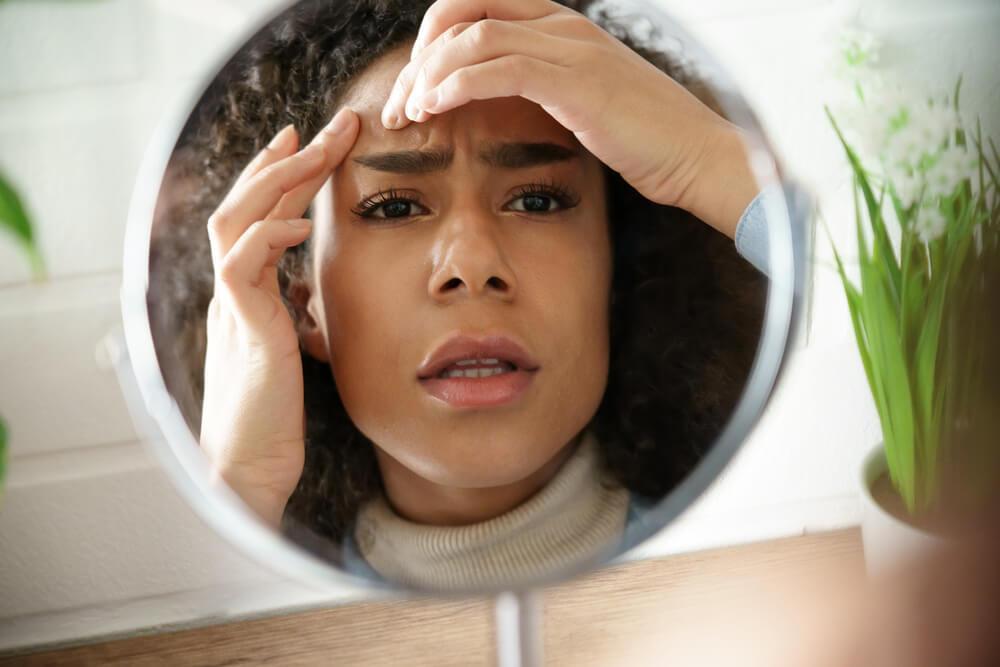
It feels frustrating to go through months of Korean Skincare, and you find it didn’t particularly help with your acne scarring. If you don’t want to waste precious time on hit-and-miss options, seek the help of a dermatologist. With their expertise, they can identify what type of acne scar you are dealing with, your options for acne scar treatments, and the best one for you.
When describing the types of acne scar, dermatologists refer to two kinds—depressed and raised. Depressed scars, often referred to as atrophic scars, may be further divided into three types:
- Icepick scars
- Boxcar scars
- Rolling scars
Icepick Scars
Icepick scars may appear like a prick of a needle on your face, but they are the most severe kind of acne scar. Characterized by their deep and narrow impressions, they are harder to treat at home. The aftermath of an acne outbreak often leads us to this scar type.
How do they form?
Intense acne such as cysts and papules occur deep within the pores. Cystic acne comes with intensely deep and painful pimples you experience on your jawline, chin, and cheeks. Since cystic acne results from hormone imbalance, preventive methods lie with normalizing hormones first. However, we won’t disagree that icepick scars are the deepest scars out there.
What are the effective acne scar treatments for this type?
Doctors would likely recommend traditional acne scar treatments like surgery or laser resurfacing methods. Surgery for your acne scars may sound frightening, and laser treatments seem even scarier. Your dermatologist can help you identify which treatments work best for you. Not only that, but you would be in the hands of someone you trust.
The severity of icepick scars does not easily let up with over-the-counter creams and topical gels. Lightening creams may reduce dark spots and redness. You can just give up on getting rid of the deep impressions if that’s all you’ll do. Icepick scars don’t leave your skin quickly.
Boxcar Scars
Accounting for 20 to 30 percent of all atrophic scars are boxcar scars. They are the most common kind of acne scars. They are the round and oval craters on your face forming after acne lesions. Boxcar scars are significantly wider than icepick scars, but they do not develop as big as the rolling scars. They appear as shallow punctures from a sharp fingernail to the face.
What causes boxcar scars?
Boxcar scars typically form after deep acne breakouts. During this healing period, your skin tries to cover up the damage by producing collagen. When the body does not create enough collagen, boxcar scars appear as the indentions on your face.
Also, watch out whenever you’re attempting to pop your pimple. People with inflammatory acne such as modular-cystic acne experience stubborn scar development. This red and inflamed acne tends to be shallow. You differentiate them from rolling acne by looking at the sharp edges.
What treatment is effective for boxcar scars?
Experts would say that the best treatment for a boxcar scar is a subcision. The process involves the specialist using sharp needles to break up tough scar tissue, inducing the skin to make more collagen.
Rolling Scars
A more prominent kind of acne scar stretched across your face is called rolling scars. Defined by their sloping edges, in the after-effects of a breakout, your skin appears wavy and uneven. This scar populates the areas of the face where the skin is thicker, like your lower cheeks and jaw.
How do rolling scars form?
Experts trace rolling scars from long-term inflammatory acne. As you start to age, rolling scars become more prominent as the skin loses collagen and its natural elasticity.
What are the effective treatments for rolling scars?
Roll away those rolling scars with laser treatments. They promote collagen production and resurface the outer skin layer. Through multiple sessions and an expert dermatologist, you can slowly transition to your ideal skin.
Opposite depressed scars are your raised scars, also known as hypertrophic scars in medical jargon. These kinds of acne scars commonly appear on your back and chest area. For those who get acne but not on their face, you know what we’re talking about.
Keloid Scars
What are they?
While depressed acne scars arise from inadequate collagen levels during healing, keloid scars come from too much collagen production. They form bumpy, discolored scars post-inflammation.
How are keloid scars treated?
Generally, there are various acne scar treatments prescribed for raised scars. The keloids need flattening before applying any regional topical mixtures or using laser treatments. Experts usually suggest cortisone creams to flatten the keloid initially. If you have a keloid you are annoyed with, you may choose to have it surgically removed, but there’s a good chance it will grow back.
Acne Scar Treatments for All
People of all ethnicities and skin colors, unfortunately, face acne and its daunting aftermath of scarring. Before all else, getting in touch with your doctor can give you accurate information and treatments for healthier skin.
But even with the advancements of technology and inclusion, people with darker skin need to be wary of the acne treatment they want to pursue. We have surgical methods like punch elevation and fillers to intensive procedures like micro-needling, laser resurfacing, and topical medications. With all of these options available, the best way to free yourself from scarring is to get an expert’s opinion. Everyone should have options to treat acne scars, and it shouldn’t be a bigger issue for individuals with dark skin than those with fairer complexion.



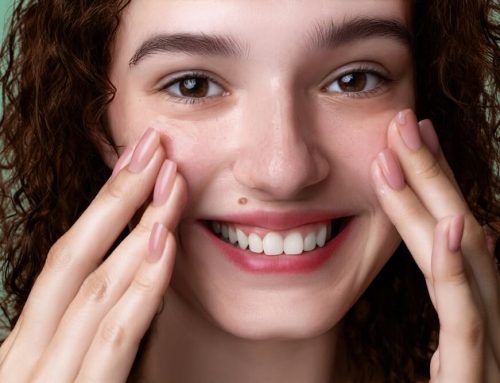

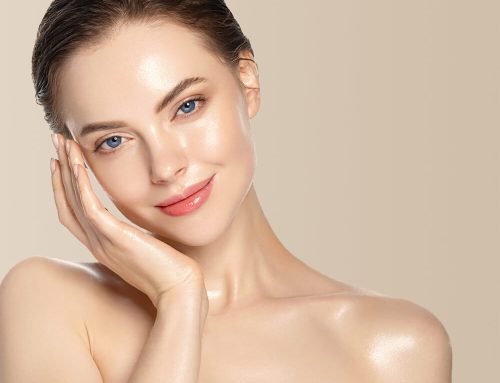
Leave A Comment